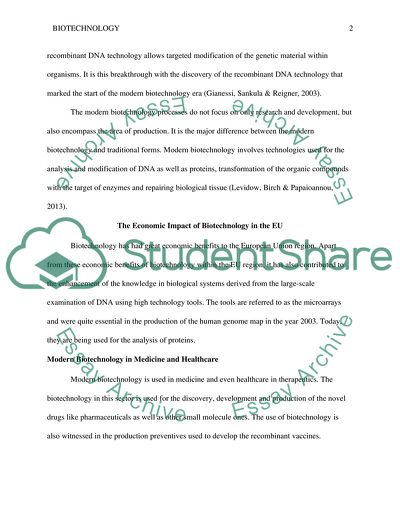Cite this document
(“Modern Biotechnology and Its Role in European Unions Economy Essay”, n.d.)
Modern Biotechnology and Its Role in European Unions Economy Essay. Retrieved from https://studentshare.org/biology/1702462-modern-biotechnology-and-its-role-in-european-unions-economy
Modern Biotechnology and Its Role in European Unions Economy Essay. Retrieved from https://studentshare.org/biology/1702462-modern-biotechnology-and-its-role-in-european-unions-economy
(Modern Biotechnology and Its Role in European Unions Economy Essay)
Modern Biotechnology and Its Role in European Unions Economy Essay. https://studentshare.org/biology/1702462-modern-biotechnology-and-its-role-in-european-unions-economy.
Modern Biotechnology and Its Role in European Unions Economy Essay. https://studentshare.org/biology/1702462-modern-biotechnology-and-its-role-in-european-unions-economy.
“Modern Biotechnology and Its Role in European Unions Economy Essay”, n.d. https://studentshare.org/biology/1702462-modern-biotechnology-and-its-role-in-european-unions-economy.


